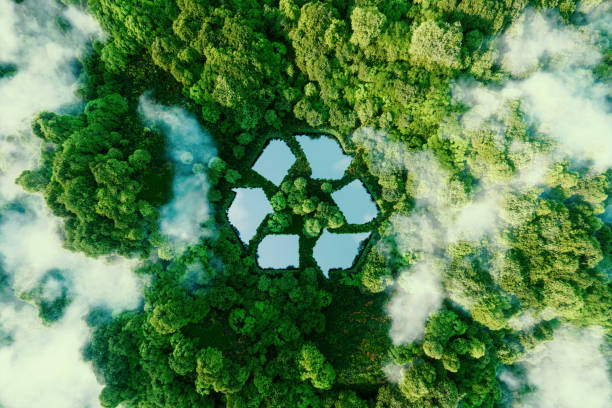Solastalgia: The Emotional Toll of Environmental Change
The intersection of climate change and mental health unveils a profound societal challenge: solastalgia. This emerging concept explores the distress caused by environmental transformations in one's home environment. Read below to delve into this critical issue reshaping our collective psyche and societal fabric.

The Origins and Evolution of Solastalgia
The concept of solastalgia emerged from Albrecht’s observations of Australian communities affected by large-scale coal mining. He noticed a pervasive sense of powerlessness and distress among residents as their familiar landscapes were altered beyond recognition. Since its introduction, the term has gained traction in both academic circles and popular discourse, reflecting a growing awareness of the psychological impacts of environmental change.
Solastalgia isn’t limited to dramatic, sudden changes. It can also stem from gradual alterations in climate, biodiversity, or landscape. For instance, long-time residents of coastal areas experiencing sea-level rise or farmers grappling with shifting growing seasons may experience solastalgia as their familiar environments slowly transform.
Psychological and Social Implications
The psychological effects of solastalgia can be profound and far-reaching. Individuals may experience anxiety, depression, and a sense of loss or displacement, even while physically remaining in their home environment. This emotional distress can lead to decreased life satisfaction, impaired mental health, and strained social relationships.
Moreover, solastalgia can erode community cohesion and cultural identity. As shared landscapes and ecosystems change, traditional practices, local knowledge, and communal experiences tied to these environments may be lost or altered. This can lead to a collective sense of grief and disconnection, potentially disrupting social fabric and exacerbating existing societal tensions.
Vulnerable Populations and Global Reach
While solastalgia can affect anyone experiencing environmental change, certain populations are particularly vulnerable. Indigenous communities, whose cultural identities and practices are often intimately tied to specific landscapes, may experience solastalgia more acutely. Similarly, rural communities dependent on agriculture or natural resource extraction may be disproportionately affected as climate change alters their livelihoods and surroundings.
Solastalgia is not confined to any specific geographic region. From Arctic communities facing melting permafrost to island nations threatened by rising sea levels, from urban dwellers witnessing rapid development to forest communities affected by deforestation, the phenomenon is truly global in scope.
Coping Strategies and Resilience Building
As awareness of solastalgia grows, so too does the focus on developing strategies to address its impacts. Mental health professionals are increasingly incorporating environmental factors into their practice, recognizing the need for ecologically informed therapy approaches. Community-based interventions, such as environmental restoration projects or collective documentation of changing landscapes, can help individuals process their emotions and maintain a sense of agency.
Fostering environmental stewardship and community engagement can also build resilience against solastalgia. By actively participating in local conservation efforts or sustainable development initiatives, individuals can maintain a sense of connection to their changing environment and contribute to its preservation or adaptation.
Policy Implications and Future Directions
The recognition of solastalgia as a legitimate health concern has important implications for policy and planning. Urban planners, environmental managers, and policymakers are increasingly called upon to consider the psychological impacts of environmental decisions. This includes not only mitigating the physical effects of climate change but also preserving cultural landscapes and involving communities in decision-making processes.
Looking ahead, research into solastalgia is likely to expand, potentially informing new approaches to mental health care, environmental management, and climate change adaptation. As global environmental challenges continue to unfold, understanding and addressing the psychological dimensions of these changes will be crucial for maintaining individual and societal wellbeing.
Solastalgia represents a complex intersection of environmental, psychological, and social concerns. As our planet continues to change, acknowledging and addressing this phenomenon will be essential for fostering resilient communities and supporting mental health in the face of environmental uncertainty. By recognizing the profound connection between human emotions and our surrounding landscapes, we can work towards creating a more empathetic and sustainable approach to environmental stewardship and community wellbeing.





